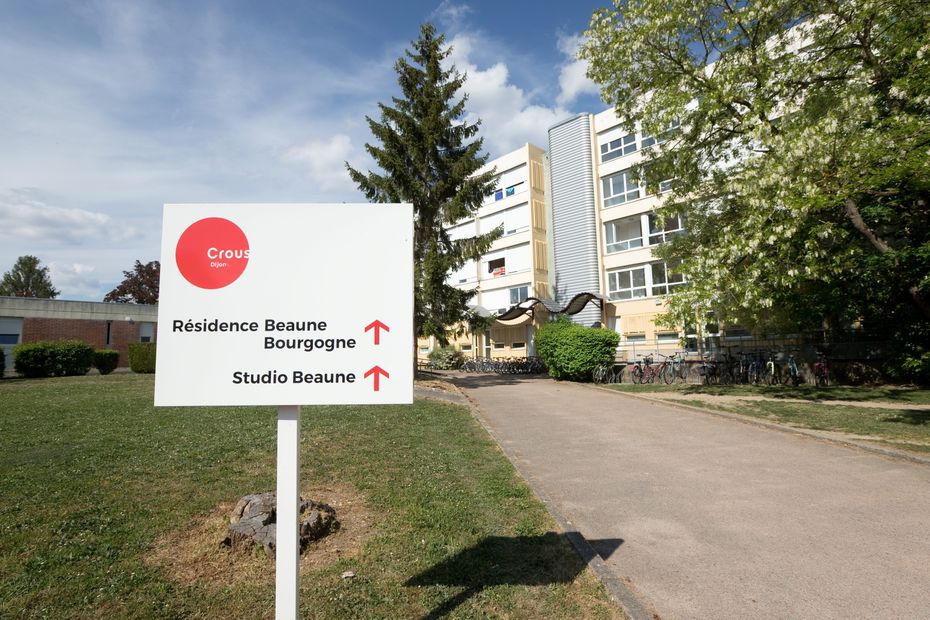It is a recurring problem that tends to grow. In Dijon, the rental stock for students is in tension. And this should get worse in the years to come: 5,000 new students should arrive by 2025. As the main provider of housing, the CROUS is trying to organize itself.
It is a study of the National Observatory of student life which affirms it. By 2025, 5,000 new young people will settle in Dijon. Mainly to continue their studies in the various schools and faculties of the city.
3,700 housing units for 30,000 students
Problem, and not the least, in the capital of the Dukes of Burgundy: the rental stock is in tension and students are finding it increasingly difficult to find accommodation. The Burgundy-Franche-Comté CROUS offers 3,700 places in its accommodation in Dijon. That is ten times less than the number of students.
There is also the problem of location: student accommodation is almost all located in the heart of the campus, to the east of the city. Other residences exist, such as these 90 housing units located near the CREPS (regional center for physical and sports education), on the outskirts of the city. And these 134 others, in the rue du Docteur Mauer, in the hypercentre of Dijon. But it is too little.
100% filling in CROUS accommodation
“We touch, throughout the year, 100% filling. We work a lot with local institutions to recover housing that we could then offer to students, explains Emmanuel Olivaud, regional director of CROUS in Bourgogne-Franche-Comté, aware of the problem. Whether it is the rehabilitation of buildings or the creation, it does not matter. What matters most to us is above all the location. We want to set up both in the city center, where there is a lot of demand, but also close to the campus. “
Problems of establishment and lack of housing, this is precisely what the FEBIA (Fédération Étudiante de Bourgogne Inter-Associative) explained to us at the time of the start of the 2020 school year: “The establishment of the CROUS remains strong in Dijon, in comparison with the rest of Burgundy. But that is not yet enough, we must continue to renew the housing stock of the CROUS. Apart from the CROUS, the prices are too high. high for students and some are even forced to stay with their parents.
We are studying the possibility of buying accommodation in the historic center to transform them into student accommodation.
Buildings created in the 1960s
And in Dijon, improving housing is a priority claimed by the CROUS. The first pavilions reserved for students were born in 1959. Then, six years later, new pavilions were created to bring the total to ten. All of them still exist today. Since then, work has been carried out. But rehabilitation is still relevant today.
“We invest a lot in improving and maintaining housing, continues Emmanuel Olivaud. For example, work is currently taking place on the Mansart building. The objective is to rehabilitate housing to have fewer and fewer 9m² rooms with sanitary facilities and collective kitchen. We want to tend to have more and more studios with sanitary facilities and kitchenettes. “
From 160 € for a traditional room to 326 € the studio
In fact, the accommodation put into service by the CROUS ranges from a simple “traditional” room of 9m², to T3 for shared accommodation. On the price side, the starting price for a traditional room is 160 €. € 250 for an “individual comfort” room and € 326 for a studio created after rehabilitation of 15 to 20 m². These accommodations are eligible for APL (personalized housing assistance).
On the whole University and its different sites, 35,000 students are preparing to go or have already made their comeback.
–


